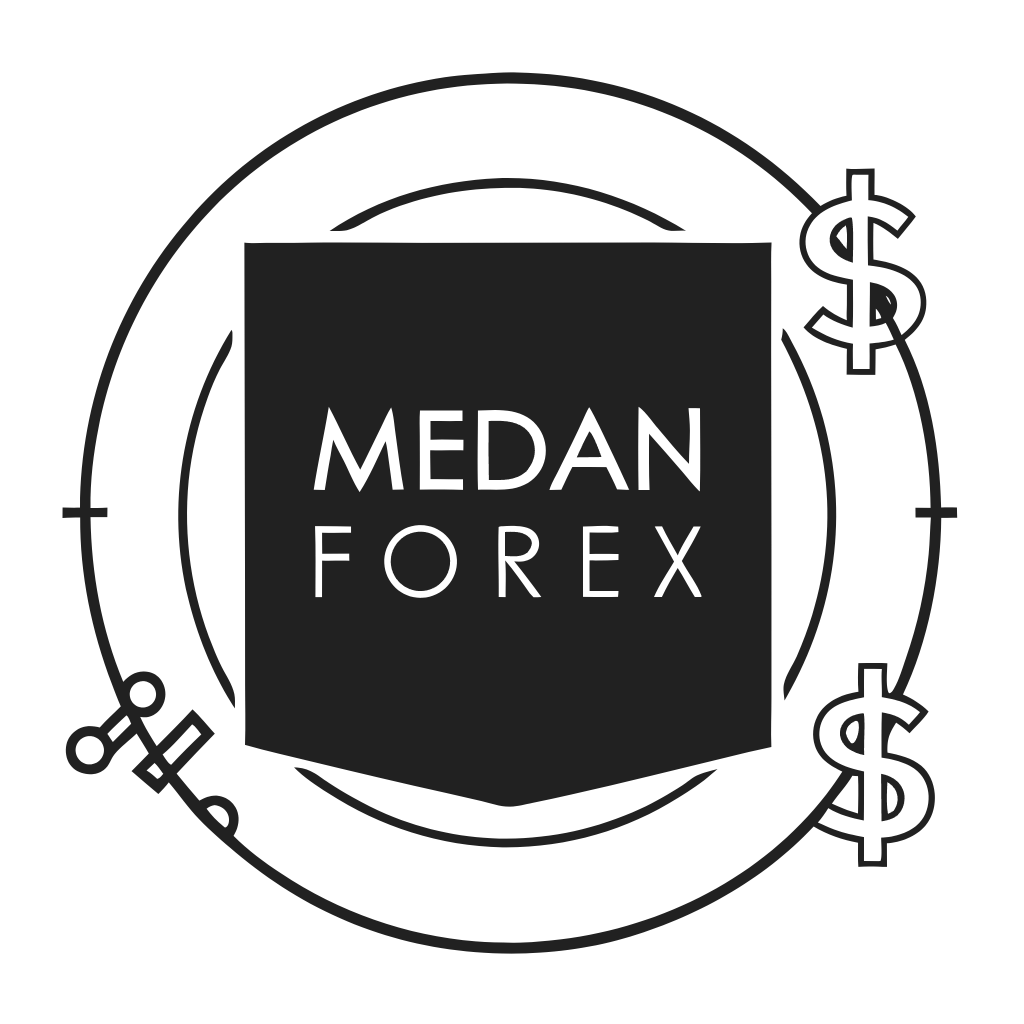Introduction to Forex and CFDs
In the present-day trading period full of various opportunities, trading instruments Forex and CFDs are the most active. Though seemingly very different, in theory, using both would provide the traders with added flexibility, market exposure, and risk alleviation.
Why Traders Combine Forex and CFDs

Forex and CFDs cater to different trading goals. Forex targets currency pairs while CFDs provide access to commodities, indices, stocks, and much more. Traders using both can build a diversified portfolio and more effectively respond to changing market conditions.
Benefits of Diversified Trading Strategies
- Reduced Exposure to Sector-Specific Risks
- Opportunities in Both Rising and Falling Markets
- Greater Flexibility in Position Sizing
- Access to a Wider Array of Markets
By leveraging both asset types, traders can better balance risk and reward, especially during periods of heightened volatility.
What is Forex Trading?
Foreign Exchange (Forex) trading, also the Forex market, is the highest notable and liquid marketplace dealing in currencies, hailing along the entire axis of these centres of financial commerce transcending the flow of money throughout all corners of the globe.
Understanding Currency Pairs
Currencies are quoted in pairs (e.g., EUR/USD), indicating the value of one currency relative to another. Pairs are classified as:
- Majors (e.g., USD/JPY)
- Minors (e.g., EUR/GBP)
- Exotics (e.g., USD/TRY)
Key Features of the Forex Market
- High Liquidity
- Low Transaction Costs
- Round-the-Clock Trading (Monday to Friday)
- Use of Leverage to Amplify Positions
How Forex Trading Works
Forex trading involves speculating on currency price movements. Traders use technical and fundamental analysis, placing long or short positions based on market forecasts. Profits or losses depend on the direction of the price relative to the trade.
What is CFD Trading?
Contracts for Difference (CFDs) are derivative products that allow traders to speculate on price movements without owning the underlying asset.
What Are Contracts for Difference?
A CFD is a contract between a trader and a broker to exchange the difference in an asset’s price from the time the trade is opened to when it is closed.
Underlying Assets in CFD Trading
CFDs can be based on a variety of markets:
- Stocks
- Indices
- Commodities
- Cryptocurrencies
- ETFs
How CFD Trading Works
You buy (go long) if you believe the price will rise, or sell (go short) if you anticipate a decline. The profit or loss is the difference in price, multiplied by the number of contracts traded.
Forex vs CFD: Key Differences
While both markets support speculation and leverage, their differences lie in scope, mechanics, and cost structures.
Instruments Traded
| Aspect | Forex | CFDs |
| Instruments | Currency Pairs | Stocks, Indices, Commodities, etc. |
| Trading Style | Speculative, Pair-Based | Broad Asset Access |
Cost Structures and Spreads
Forex typically has tighter spreads due to high liquidity, while CFDs may include commissions, overnight fees, and wider spreads depending on the asset.
Trading Hours and Liquidity
Forex is traded 24/5, while CFD trading hours vary by market. Liquidity also differs, with Forex being the most liquid financial market globally.
Leverage and Margin Requirements
Forex generally offers higher leverage ratios. However, leverage regulations may vary by region and asset class.
Regulatory Considerations
Forex and CFDs are regulated differently across jurisdictions. Always ensure your broker is licensed under a reputable authority (e.g., FCA, ASIC, CySEC).
Forex vs CFD: Core Similarities
Despite their differences, these instruments share several fundamental trading principles.
Speculative Nature of Both Markets
Both Forex and CFDs are used to speculate on price direction, rather than for ownership or long-term investment.
No Ownership of Underlying Asset
Traders do not physically own the assets—whether currencies, stocks, or commodities—making both instruments purely derivative in nature.
Use of Leverage and Margin
Leverage magnifies both gains and losses. Prudent margin management is essential in both markets.
Trading Platforms and Execution
Most Forex and CFD trades are executed via the same platforms, such as MetaTrader 4/5 or proprietary broker platforms.
Strategic Advantages of Trading Both Markets

Trading across both markets provides exposure to broader economic trends and helps mitigate sector-specific risks.
Diversification Across Instruments
Combining Forex and CFDs enables broader portfolio diversification:
- Forex for macroeconomic trends
- CFDs for sector- or company-specific moves
Hedging Opportunities
Traders often use one market to hedge against exposure in the other. For instance, a long position in a tech stock CFD could be balanced with a defensive Forex position during market uncertainty.
Adapting to Market Volatility
CFDs provide access to volatility-driven markets like oil or indices, complementing Forex’s more stable liquidity.
How to Trade Forex and CFDs
Success in both markets requires a structured approach and consistent execution.
Selecting a Broker and Trading Platform
Choose a regulated broker with competitive fees, strong execution speed, and a reliable trading platform that supports both markets.
Choosing Your Market and Asset Class
Focus on markets you understand and can analyze confidently. Specializing early helps build discipline and consistency.
Setting Stop-Loss and Take-Profit Levels
Risk management tools are essential. Always plan your exit points before entering a trade to avoid emotional decision-making.
Risk Management Best Practices
- Limit leverage to manageable levels
- Diversify across asset classes
- Use trailing stops and risk/reward ratios
- Never risk more than 1–2% of capital per trade
Forex CFDs: A Hybrid Approach
Forex CFDs merge the characteristics of both instruments, allowing traders to gain currency exposure via CFDs.
How Forex is Traded Through CFDs
You speculate on the value of one currency against another using CFD contracts, without owning the currencies directly.
Spot Forex vs Forex CFDs
| Feature | Spot Forex | Forex CFDs |
| Ownership | No | No |
| Leverage | High | Medium to High |
| Settlement | Rolling | Contract-based |
| Flexibility | Slightly greater | Broader access |
Use Cases for Forex CFDs in Trading Strategies
- Short-term strategies during major news events
- Diversification into cross-currency pairs
- Tactical hedging of spot Forex positions
Choosing Between Forex and CFDs
Your personal goals, trading style, and market knowledge should drive the choice.
Based on Trading Goals
- Forex: Suitable for macroeconomic trend-following
- CFDs: Ideal for asset-specific opportunities (e.g., tech earnings)
Based on Experience Level
Beginners may find Forex more intuitive due to fewer instruments, while seasoned traders can benefit from the asset range in CFDs.
Based on Market Conditions
In low-volatility periods, CFDs (especially commodities or indices) may offer more opportunities compared to tight-currency ranges.
FAQs
Is forex trading the same as CFD trading?
No. Forex trading deals only with currency pairs, while CFD trading can involve a wide range of assets. However, both share similar execution mechanics.
Can I trade forex without using CFDs?
Yes. Forex can be traded directly through spot markets. CFD trading is one of several ways to access Forex exposure.
What are the main risks in trading forex and CFDs?
- Market volatility
- Leverage-related losses
- Overnight holding costs (especially for CFDs)
- Broker-related risks (ensure regulation)
Which market is more suitable for beginners?
Forex may offer a simpler entry due to limited instruments and high liquidity. However, CFDs can be educational if approached with strong risk management.
Conclusion: Mastering Both Markets for Maximum Potential
Key Takeaways
- Forex and CFDs each offer unique benefits and trading opportunities.
- Using both can strengthen a trader’s overall strategy.
- Risk management and a clear trading plan are critical across both markets.
Final Tips for Dual-Market Traders
- Start with demo accounts to gain comfort with both products
- Track performance separately to identify strengths
- Keep learning—markets evolve, and so should your strategies
By mastering both Forex and CFDs, traders can build a well-rounded, responsive approach to global markets.

